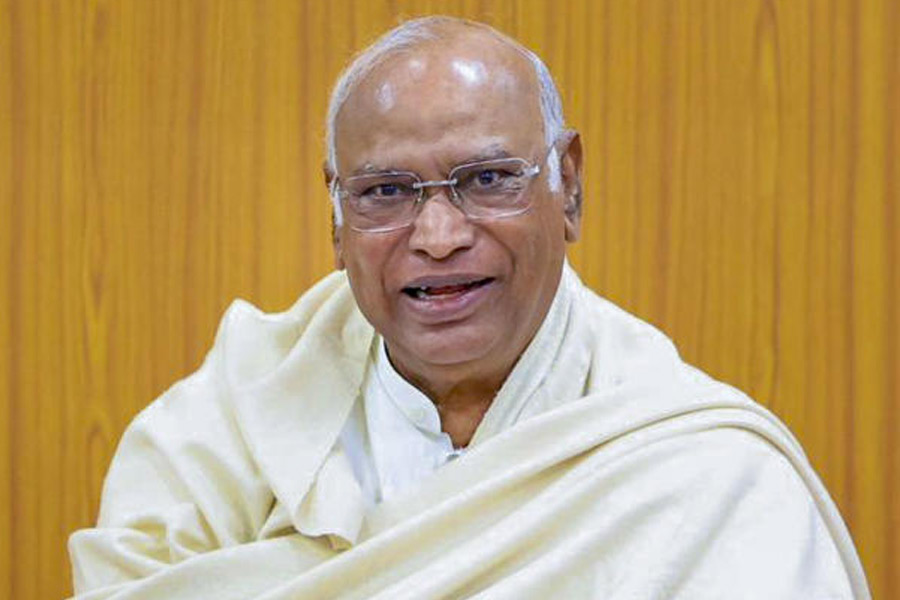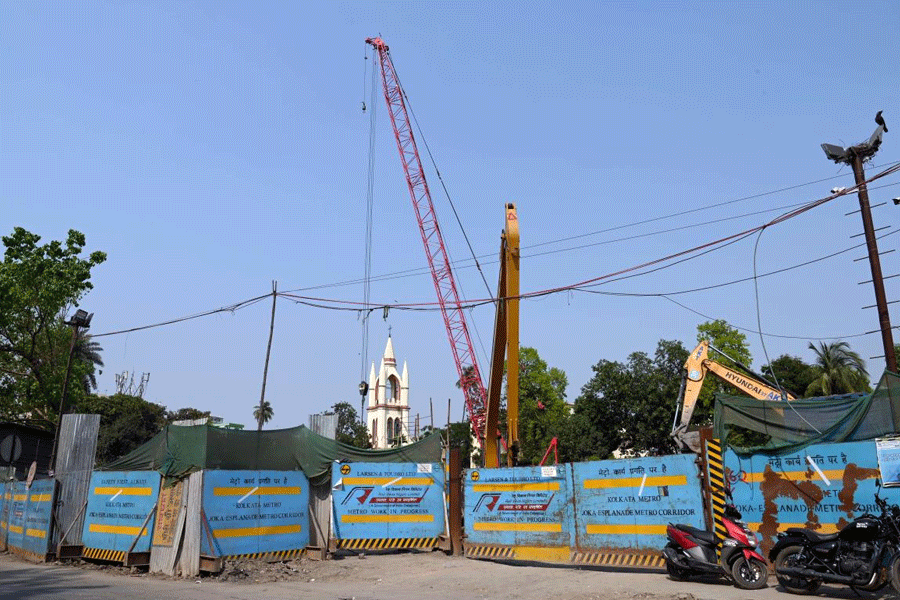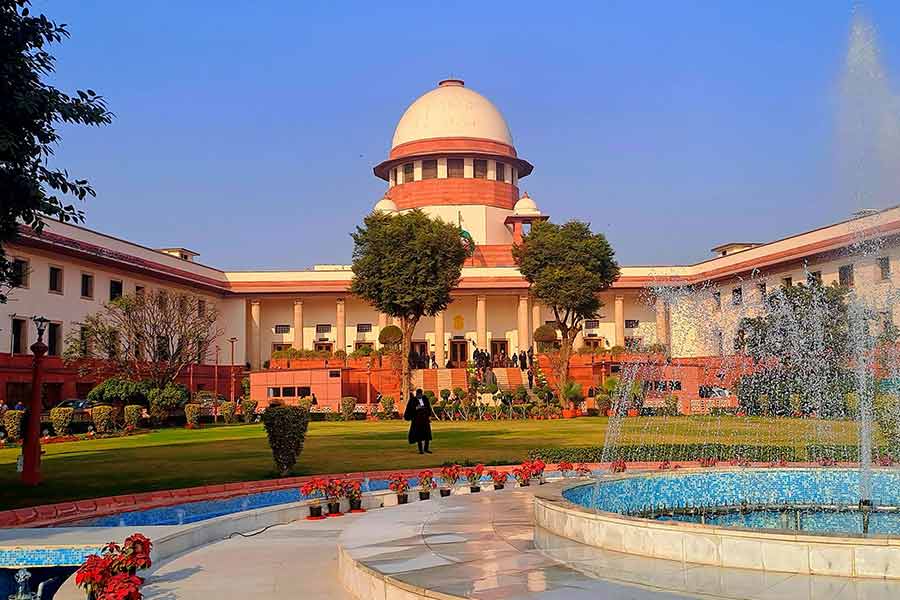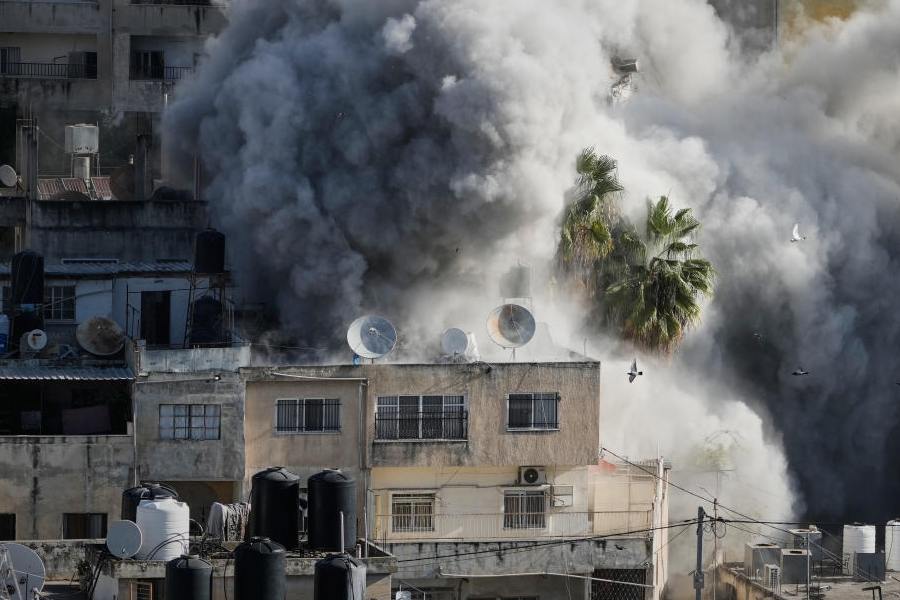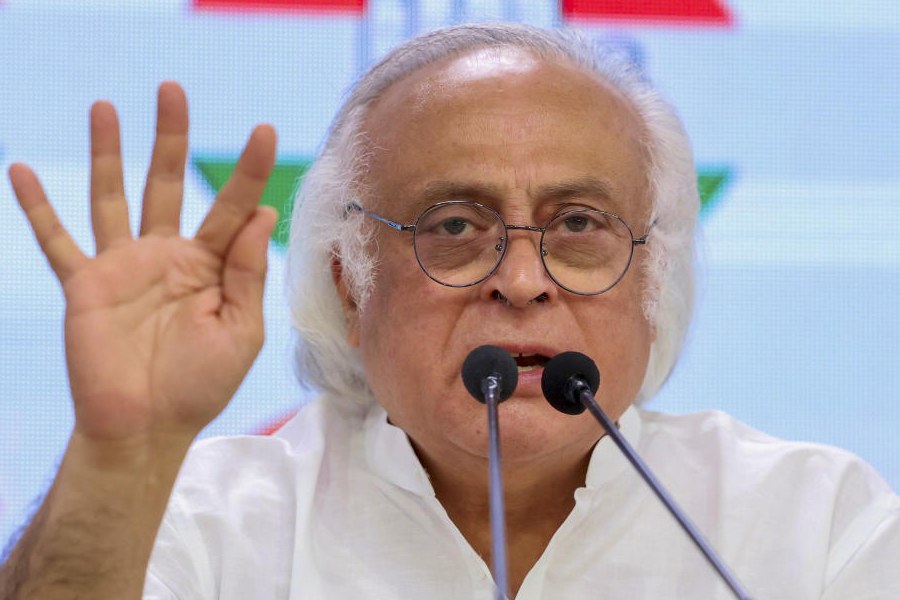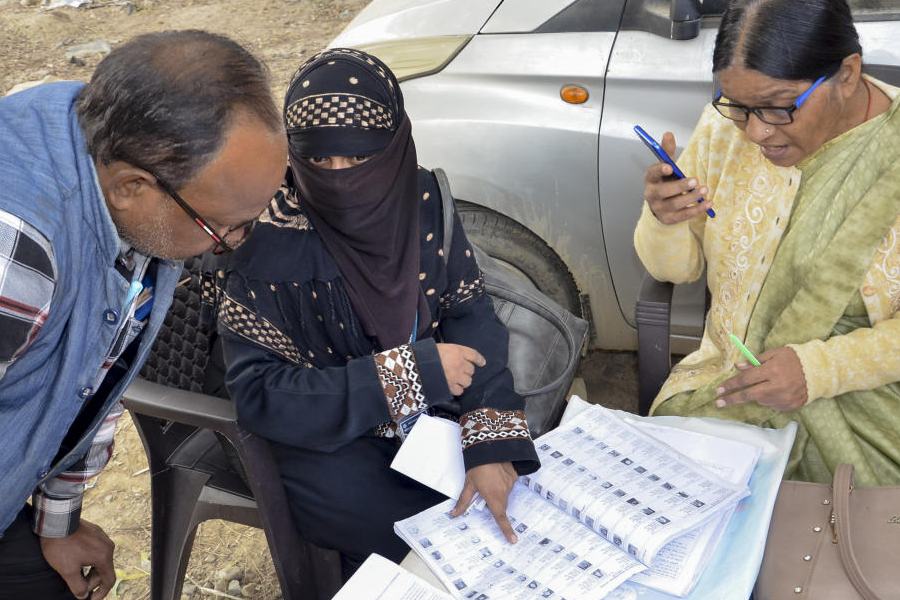Constructing Post-Colonial India: National Character and the Doon School
By Sanjay Srivastava,
Routledge, Rs 775
This is a book for those whose interests lie in the social sciences. General readers will find a lot of it heavy going although by thumbing through they may stumble upon the right page containing vignettes of observation and description. Most of it however contains a lot of jargon familiar to social scientists, as the book was originally presented for a Ph.D thesis. The book could be of great interest to the general reader if it is revised for them.
I found it to be a refreshing analysis of India?s postcolonial society, analysed interestingly through the Doon School, which Sanjay Srivastava concludes is a ?society of unequals where a construct rational, secular and orderliness is supposed to be modern and civilised.? Uncomfortably so. Secularism has come to mean many things in India ? one of them is connected with impartiality towards all faiths or being equidistant from them. Srivastava shows however that the so called secular objectives of the Doon School are in fact framed in a Hindu context and cites various examples of such symbols in the school such as statues of Mahavira and the Buddha in the school amphitheatre, the school crest ? a lamp drawn from the ?world of Hindu existence? which are all ?lodged within a very specific universe, one evocative of the sights and sounds of the Hindu existence?. The veiled suggestion here that postcolonial Indian society has a Hindu bias and is therefore communal is a trifle unfair ? what else could it be if it has to use symbolism? As a device, the lamp or a statue of a prophet like the Buddha is perhaps far more ?neutral? than, say, having the heavenly bodies (sun, moon, star) strewn around the campus. Srivastava doesn?t suggest whether other multicultural societies have been able to devise symbols free of religious connections.
How can Indians separate ?Indian Culture? from Hinduism in spite of the inevitable linkages; could Americans (probably now as multi-ethnic as India) whose symbols are inherently Christian? Srivastava?s stand on Hindu contextualism at this juncture therefore leaves room for confusion between culture and religion. On the other hand, Srivastava uses the existence of a Hindu temple next to the panchayat ghar (?the common room for servants?) on the campus as an example of the ?others? (subordinates) defining the ?civilised? space for the students and teachers. Ram Lila was allowed to be celebrated by the ?subordinate? staff (Hindus and Muslims) in spite of the school?s secular objectives, he suggests, because like the temple, it served to define the universe of the school through the ?otherness? of the masses.
That is an interesting conclusion and explains perhaps why schools today lay so much emphasis on social or community work (a compulsory part of all current school curriculum) ? to define their ?civilised? space. Interestingly in contrast, Srivastava fails to mention a mazhar of a Muslim holy man on the campus of the school where incense and a small lamp were kept burning throughout as an act of multireligious worship by the ?subordinate staff? which went unnoticed by teachers and students ? perhaps because it was unofficial.
The chapters tracing the foundation of the school are interesting history of a period which laid the foundations of nationalist movements. S.R. Das, a Bengali Brahmo having had his education in Britain and having sent his sons to British public schools, was convinced that the future of India lay in developing the rational scientific man. It was the thinking of the times in Bengal by those who had been part of the Bengal renaissance and which had given birth ?to various movements ? religious, artistic, ?reformist??. Srivastava suggests the Doon School ?embraced the intellectual legacy ? the testacy of the scientific man...unequivocally?. He further suggests that even though the scientific temper was a Western concept it had wide acceptance among the Indian intelligentsia.
However, the period following the school?s foundation in the mid-Thirties saw it being filled largely by students mainly from north India ? its objectives, he suggests, were tailormade for the growing band of professionals of the Punjab. It remains a mystery why Bengalis did not patronise the school in larger numbers especially since the founder was a Bengali. The appendix contains a list of benefactors, which include names from south India ? nine in all as compared to seven from the United Provinces but fewer students joined from that part. Interestingly, Bengal had only three benefactors.
The Doon School is a window of postcolonial cultural politics. Postcolonial modernity looks at citizenship as modern and civil ? if metropolitan ? as opposed to provincial; the latter form the masses and need to be nurtured and civilised. And so it was a project to build a national character. At the inauguration Madan Mohan Malviya ? a founder of the Hindu Mahasabha ? and Sir Mohammad Zafarulla Khan, a former president of the Muslim League, were present along with the viceroy, Lord Willingdon. And tellingly Srivastava shows in the following chapters that the school pursued a form of ?cultural paramountcy? which emphasised the ?need to develop the secular, the rational, metropolitan citizen (?manliness of the mind and body?)? with the support and collusion of nationalists and colonialists.
It was a strategy for differentiation between ?progressive and backward populations?. That India is a nation divided into the elite metropolitan classes and the ?others? is blatantly obvious. For the Doon School, uncivilised existence is elsewhere. It is a site which confirms again and again, even through the existence of its own population ? the students, the subordinate staff, the government of India scholars, the teachers ? that there exists a ?real? that maintains the status quo between the elite (?the rational, the secular and the...civilised?) and the others. Srivastava even compares the architecture of a former chief?s college (Mayo) founded by the British and the Doon School and suggests that while one proclaimed the efficiency and rationalism of the ?occident? the other (Mayo) the ?effete character of oriental existence?.
Much of Srivastava?s conclusions succinctly analyses and displays the realities of the divisiveness of sites such as Doon in producing citizens (?the practical idealist? in the words of S.R. Das) who are metropolitan and very different and modern (at least that is their belief), from the India that resides in its villages and provinces.
The book is heavy going and the reader will need to be familiar with the extraordinarily difficult jargon or refer constantly to a dictionary. Scholars of postcolonial Indian society will on the other hand have a valuable account of the evolution of postcolonial society.
 Wednesday, 03 December 2025
Wednesday, 03 December 2025

